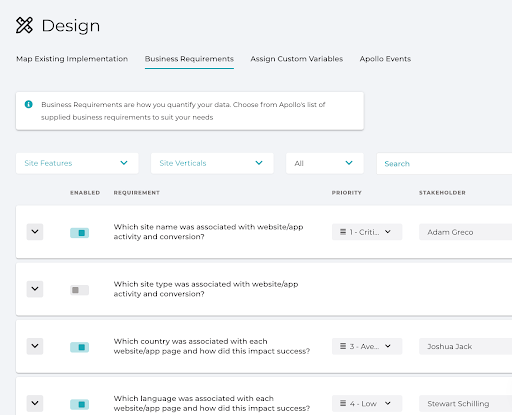
What are Business Requirements?
Business requirements—the list of business questions that someone wants to answer as a result of their investment in their analytics tool and team—are a critical component of digital analytics implementations, but they’re often overlooked.

